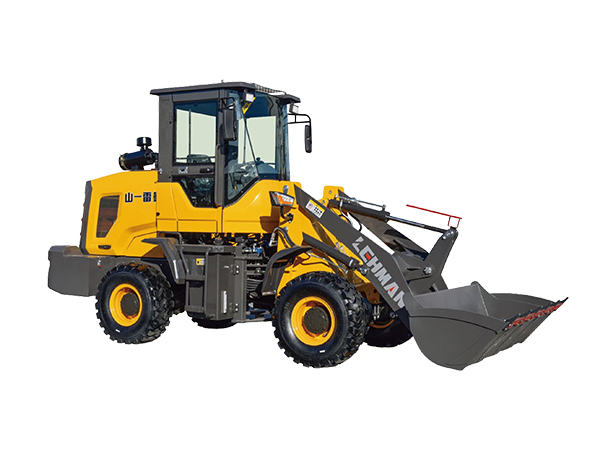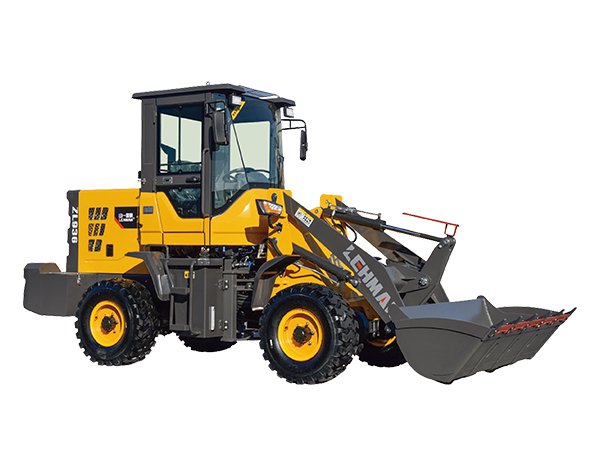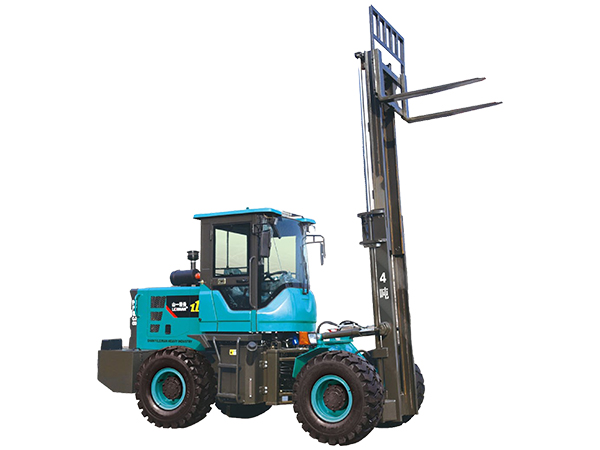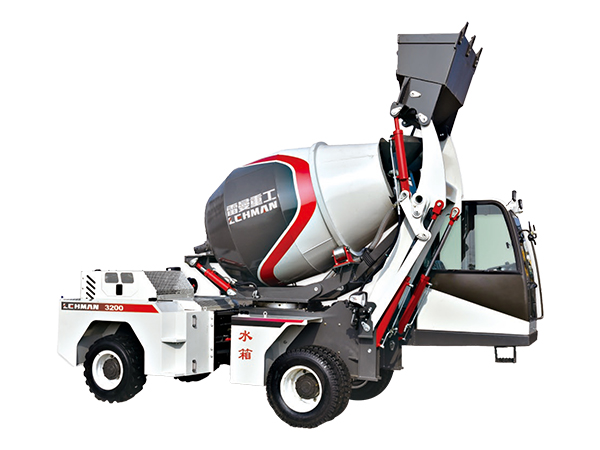Typical Faults and Cause Analysis of Loader Transmission System
1. The diesel engine works normally, but the loader cannot walk. First check the oil limit valve and speed change pressure gauge of the transmission. If you find that there is a shortage of oil, you should add new oil, but not too much, otherwise it will cause the transmission to heat up. Then check the working device and the loader. If the working device rises and falls normally, the whole machine can be turned, but the loader cannot move, it must be caused by the damage of the variable speed pump. If the working device cannot move, the whole machine cannot be turned, and the loader cannot Walking is mostly caused by shearing of the steel plate connecting bolts of the torque converter or cracking of the elastic plate. At this time, the damaged parts must be replaced or repaired.
2. The loader can only move forward, not backward. First check whether the shifting pressure is normal. If the pressure drops when the reverse gear is engaged, it proves that the reverse gear is leaking too much. It is necessary to replace the reverse gear piston ring and the more worn friction plate, and adjust the reverse gear gap to the specified value. If the reverse gear does not reduce the pressure, it proves that the forward gear is stuck. It is necessary to check whether the spacer ring above the internal gear ring of the I block is broken. If it breaks, it should be updated in time.
3. I gear drive is weak, other gears are normal. First check the gear shift pressure. If the I gear pressure is below 1kPa, the drive must be weak. The cause is that the I block piston ring is severely scratched or worn, and the “O”-shaped sealing ring outside the cylinder is damaged. At this time, the damaged piston ring or sealing ring must be replaced. If the transmission pressure gauge does not reduce pressure in the I gear position, it is likely that the transmission lever has not been adjusted in place, and the transmission lever should be re-adjusted.
4. The loader cannot move forward or backward, but the speed change pressure, boom, bucket and steering are all normal. When troubleshooting this fault, first check whether there is oil shortage in the transmission and whether the oil inlet pipeline is blocked, and then check the transmission oil pan and torque converter oil filter. If there are foreign objects such as metal fragments, you can be sure of the overrunning clutch in the transmission. Parts are damaged; if aluminum chips are found in the transmission oil pan and torque converter oil filter, it is certain that the torque converter is damaged. The transmission and torque converter must be disassembled and inspected, and the damaged parts must be repaired or replaced. After excluding the above reasons, if the machine still cannot run, the gear on the intermediate shaft may fall off, causing the power to be unable to output.
5. The drive is weak, and the loader stops when it moves. Check the oil limit valve next to the transmission. If there is a shortage of oil, add new oil. If the oil volume is normal, check the variable speed pressure gauge. If the pressure gauge pointer swings violently, indicating insufficient oil supply, check whether the oil inlet pipe is blocked, the hose is foamed, the torque converter oil filter is blocked, and the filter element of the oil filter is clean. If it is the above reasons, the symptoms should be ruled out.
 English
English
 Russian
Russian
 Arabic
Arabic





























